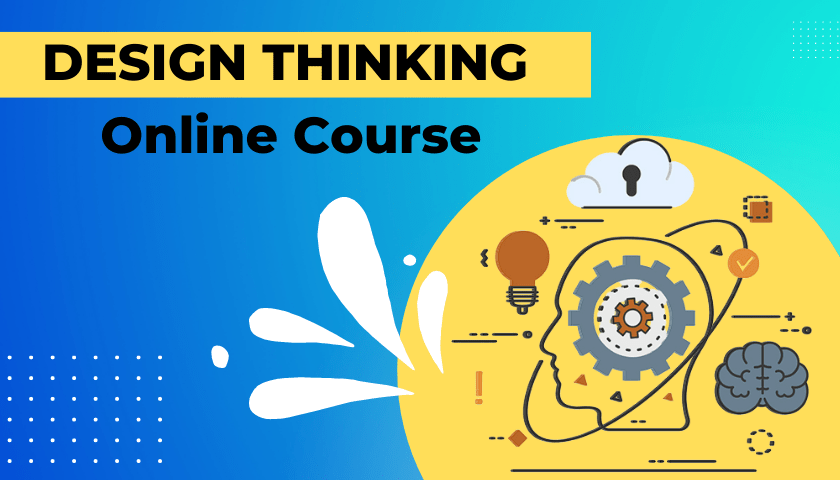What is the best skill a manager or a CEO can have?
A clear mind.
A manager or a CEO looks at various aspects of a business or an organisation. Hence, clarity of thinking is an essential trait for someone who holds such a position. Creative thinking and problem-solving are some of the traits that are usually in demand among employers. Companies prefer individuals who can approach problems with a clear mind and come up with innovative solutions.
One of the ways this can be done is by nurturing design thinking skills and practising design thinking. Here is all you need to know about how a design thinking skill course can benefit you.
- What is the Design Thinking Skill course all about?
Design thinking skill courses help you with the right framework to approach problem-solving in a creative manner. Design thinking skill is not just limited to design or designers. Companies like Apple, Samsung, Google, etc. have relied on design thinking skills to come up with groundbreaking innovations.
Design thinking skill is an iterative process in which you are expected to understand the end consumer deeply and come up with solutions that can improve the customer experience. Design thinking skills are usually applied to problems that seem larger than life and almost impossible to solve.
Design thinkers use the methodology of the following five steps:
– Empathise
– Define
– Ideate
– Prototype
– Test
- What do these Design Thinking Skill courses entail?
Design thinking skill courses are mainly focused on teaching the structured framework to approach problem-solving in a creative manner. Here are some of the components of the design thinking skill courses:
– Framework: Design thinking skill courses usually start with explaining the framework to approach problem-solving following this model.
– Application: A sound design thinking skill course would also help you achieve the application of the creative solutions arrived via design thinking.
– Communication: The design thinking skill course also assists you with the right communication tools to convey the solutions among stakeholders.
- What is the purpose of the Design Thinking Skill course?
The key purpose of a design thinking skill course is to help learners with a modern creative problem-solving solution. The purpose of a design thinking skill course can be explained as follows:
– Enhanced creativity
Design thinking skill courses help you enhance your creative skills and motivate you to come up with innovative solutions for the customer.
– Wide use cases
The learnings of the design thinking skill courses can be applied across a variety of areas like products, and services and for driving organizational change.
– Better thinking ability
As you are expected to empathize with the user and understand the issues at hand deeply, it is expected to improve the thinking ability of the learner.
- Benefits of the Design Thinking Skill course
Opting for a design thinking skill course has multipronged benefits. Some key benefits of design thinking skill courses are as follows:
– Better user understanding
A design thinking skill course helps you improve user understanding of your business. As you think about problems with the consumer in the center, the framework helps you understand the user properly before deploying any solutions.
– Increased collaboration
Design thinking skill courses also help you achieve better collaboration among the team. As it needs several steps like emphasize, define, ideate, prototype, and test, various functions of the organisation need to come together to make this work.
Innovative solutions
Design thinking skill courses are critical to helping learners come up with innovative business solutions. At times, these solutions can become a key milestone in the organization’s journey.
To sum up
Design thinking skill courses are among the most popular leadership training programs that can help learners to achieve massive results. Learners must understand the requirements of the organisation properly along with the customer expectations and pain points before deploying any solutions.

